BirdLife International 2012. Colibri thalassinus. In: IUCN 2013. IUCN Red List of Threatened Species. Version 2013.1. <www.iucnredlist.org>.
- Available at: http://www.iucnredlist.org/details/106001847/0
BirdLife International 2012. Selasphorus rufus. In: IUCN 2013. IUCN Red List of Threatened Species. Version 2013.1. <www.iucnredlist.org>.
- Available at: http://www.iucnredlist.org/details/106002116/0
Christman, Steve. “Phlox drummondii.” Floridata > Plant Profile List. Updated 5/11/05. Floridata.com: Jack Scheper. Web. www.floridata.com
- Available at: http://www.floridata.com/ref/p/phlo_dru.cfm
Coats, Alice M. The Plant Hunters: Being a History of the Horticultural Pioneers, their Quests and their Discoveries, from the Renaissance to the Twentieth Century. New York: McGraw-Hill, 1969.
Dole, Claire Hagen. "Phlox: A Butterfly and Moth Magnet." Butterfly Gardeners' Quarterly: A Newsletter for Gardeners and Butterfly Enthuasiasts. Summer 2000. Last updated December 12, 2000.
- Available at: http://butterflywebsite.com/articles/bgq/Phlox.htm
"Entrance to the Botanic Garden, Manchester." The Mirror of Literature, Amusement, and Instruction, Vol. XIX, No. 536 (Saturday, March 23, 1832): 129-130.
"Garden Flora: Plate 798. Annual Phloxes (With a Coloured Plate of Phlox Drummondi Vars.)." The Garden: An Illustrated Weekly Journal of Horticulture in All Its Branches. Volume XXXIX (March 28, 1891): 292-293.
- Available via Biodiversity Heritage Library at: http://www.biodiversitylibrary.org/item/82642
“Green Violetear Colibri thalassinus.” South Dakota Birds and Birding > Species. Terry L. Sohl. Web. sdakotabirds.com
- Available at: http://sdakotabirds.com/species/green_violetear_info.htm
Hemsley, W. Botting. "The History of the Botanical Magazine 1787-1904." Pages pp. v-lxiii. In: W. Botting Hemsley, A New and Complete Index to Curtis's Botanical Magazine from its Commencement in 1787 to the End of 1904, Including the First, Second, and Third Series; To Which Is Prefixed a History of the Magazine. Lovell Reeve & Co., 1906.
Hooker, William Joseph (Sir). "Phlox Drummondii. Mr. Drummond's Phlox." Botanical Magazine, Volume 62 [new series volume 9] (October 1, 1835): plate 3441.
"Hummingbird gardening tips for your region." BirdWatcher's Digest.com > Learn > Hummingbirds. Bird Watcher's Digest. Web. www.birdwatchersdigest.com
- Available at: http://www.birdwatchersdigest.com/bwdsite/learn/hummingbirds/gardening.php
Kelly, James P. “Astylis Phlox: The relation of this variation of Phlox Drmmondii to the large eyed flower.” Journal of Heredity, Vol. 13, Issue 8 (August 1922): 339-342.
Kelly, J.P. "Cultivated varieties of Phlox Drummondii." Journal of the New York Botanical Garden, Vol. 16, No. 189 (September 1915): 179-191.
Kelly, James P. "The 'Eye' of Phlox." Journal of Heredity, Vol. 25, Issue 5 (May 1934): 183-186.
Kelly, James P. “Fasciation in Phlox Drummondii: The origin and nature of fasciation in Phlox.” Journal of Heredity, Vol. 18, Issue 7 (July 1927): 323-327.
Kelly, James P. "A Genetical Study of Flower Form and Flower Color in Phlox Drummondii." Genetics, Vol. 5 (March 1920): 189-248.
Kelly, James P. “Hoodedness in Phlox.” Journal of Heredity, Vol. 36, Issue 1 (January 1945): 25-28.
Kelly, James P. Inheritance in Phlox drummondii. M.A. Thesis. New York: Columbia University, 1916.
Mills, Colin. "Phlox drummondii Hook." Hortus Camdenensis > Plants in the Hortus > Herbaceous Plants > Annuals and Biennials. February 6, 2009. Last Updated July 29, 2010. Colin Mills. Web. www.hortuscamden.com
- Available at: http://hortuscamden.com/plants/view/phlox-drummondii-hook
Oliver, F.W., ed. Makers of British Botany: A Collection of Biographies by Living Botanists. Cambridge, University Press, 1913.
- Available via Internet Archive at: http://archive.org/details/makersofbritishb00oliv
"On bedding plants by a nobleman's flower near London." The Floricultural Cabinet and Florist's Magazine, Vol. 18 (June 1850): 130-133.
- Available via Internet Archive at: https://archive.org/details/floriculturalcab18flor
Ortho's All About Attracting Hummingbirds and Butterflies. Des Moines, IA: Meredith Books, 2001.
"Phlox Drummondii. Hook. Var. Plures (Phlox de Drummond." Annales de la Societe Royale d'Agriculture et de Botanique de Gand, Journal d'Horticulture, Volume 4 (1848): 337-338.
- Available via HathiTrust at: http://catalog.hathitrust.org/Record/000496805
"Phlox Drummondii. (Mr. Drummond's Lichnidea)." Paxton's Magazine of Botany, and Register of Flowering Plants. Volume the Second: 221. London: Orr and Smith, MDCCCXXXVI (1836).
- Available via Internet Archive at: http://archive.org/details/paxtonsmagazineo02paxt
"Phlox Drummondii. Mr. Drummond's Phlox." Curtis's Botanical Magazine; Or, Flower Garden Displayed: In which the most Ornamental Foreign Plants cultivated in the Open Ground, the Green-House, and the Stove, are accurately represented and coloured. The Descriptions by William Jackson Hooker. Vol. IX New Series (or Volume LXII of the whole Work). London: Edward Couchman, 1835.
- Available via Biodiversity Heritage Library at: http://www.biodiversitylibrary.org/item/14341
"Phlox Drummondii. Mr. Drummond's Phlox." Edwards's Botanical Register: Or, Ornamental Flower Garden and Shrubbery: Consisting of Coloured Figures of Plants and Shrubs, Cultivated in British Gardens; Accompanied by Their History, Best Method of Treatment in Cultivation, Propagation, &tc. Continued by John Lindley. Volume X New Series (Or Vol. XXIII, of the Entire Work). London: James Ridgway and Sons, M.DCCC.XXXVII (1837).
- Available via Biodiversity Heritage Library at: http://www.biodiversitylibrary.org/item/9059
"Rufous Hummingbird Selasphorus rufus." South Dakota Birds and Birding > Species. Terry L. Sohl. Web. sdakotabirds.com
- Available at: http://sdakotabirds.com/species/rufous_hummingbird_info.htm
Spaulding, Perley (Dr.). "A Biographical History of Botany at St. Louis, Missouri. II." The Popular Science Monthly, Vol. LXXIV (January 1909): 48-57.
- Available via Biodiversity Heritage Library at: https://www.biodiversitylibrary.org/page/1660518
- Available via Internet Archive at: http://archive.org/details/popularsciencemo74newy
Whitehouse, Eula. “Annual Phlox Species.” American Midland Naturalist, Vol. 34, No. 2 (September 1945): 388-401.


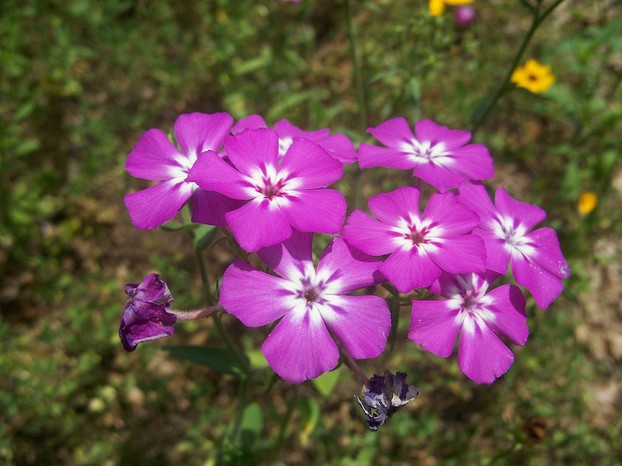

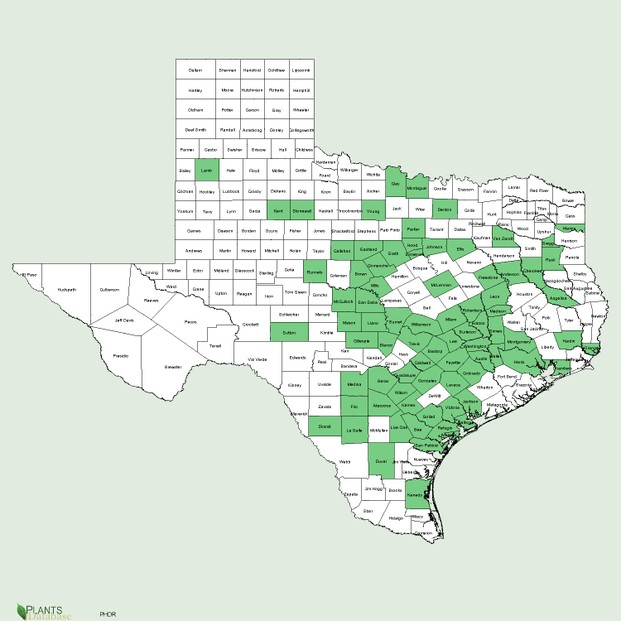
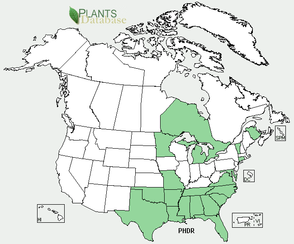
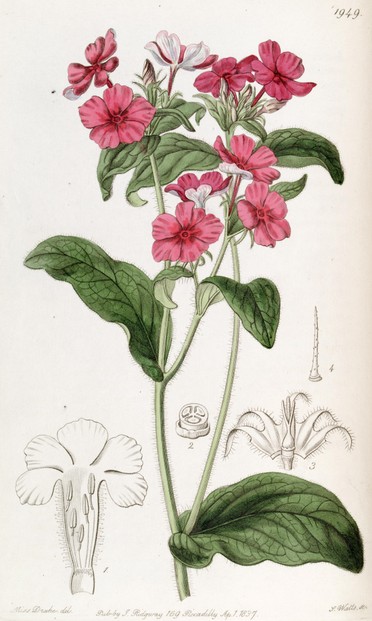
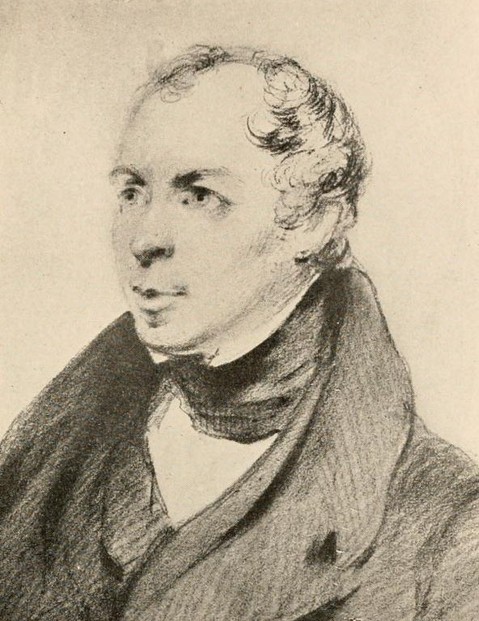
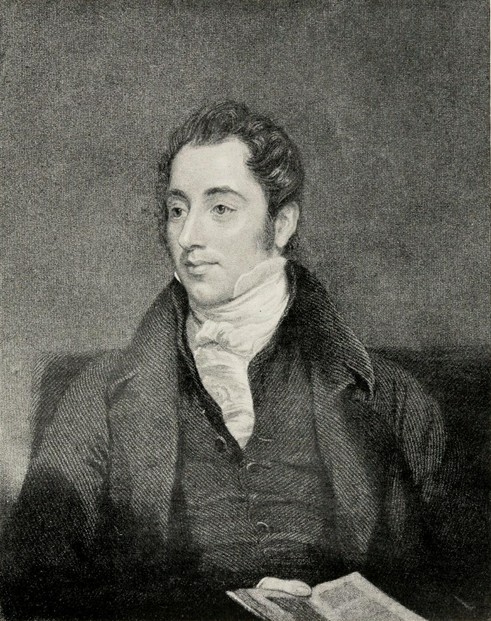
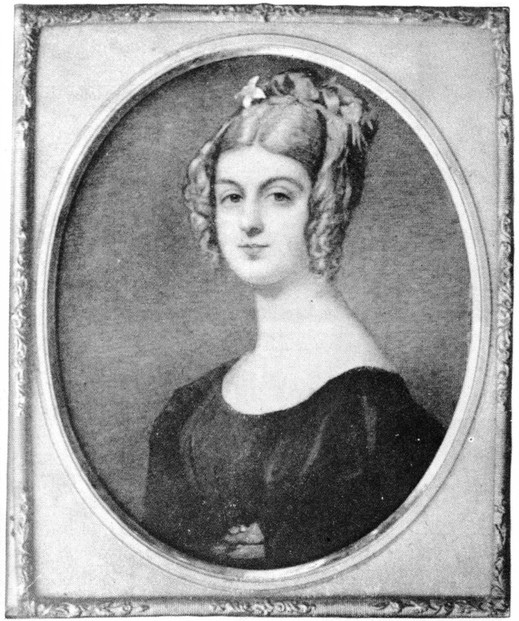
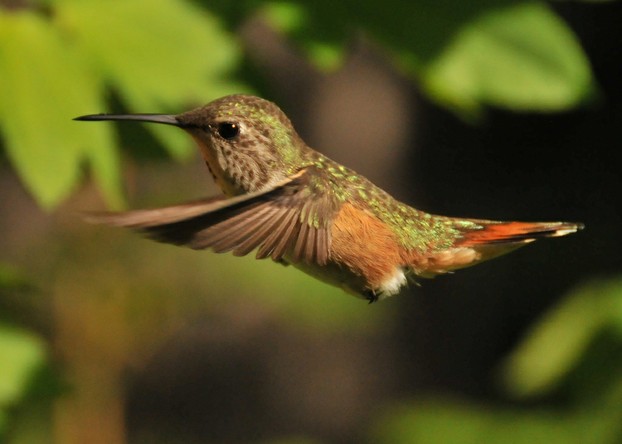
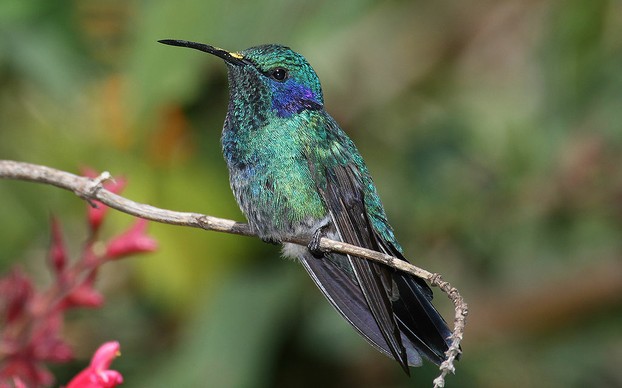
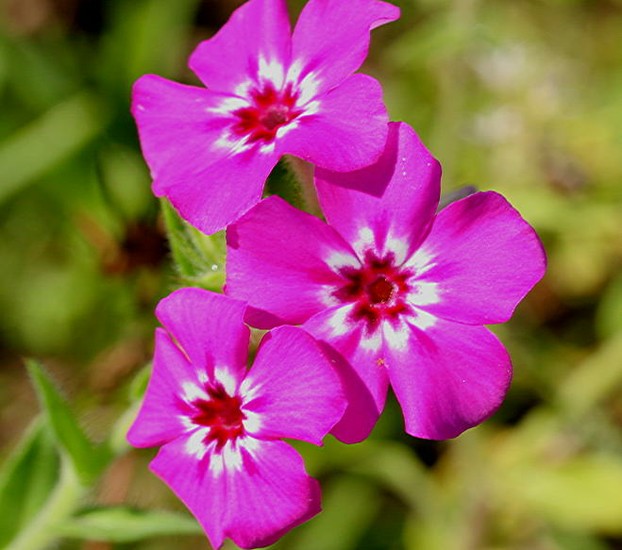
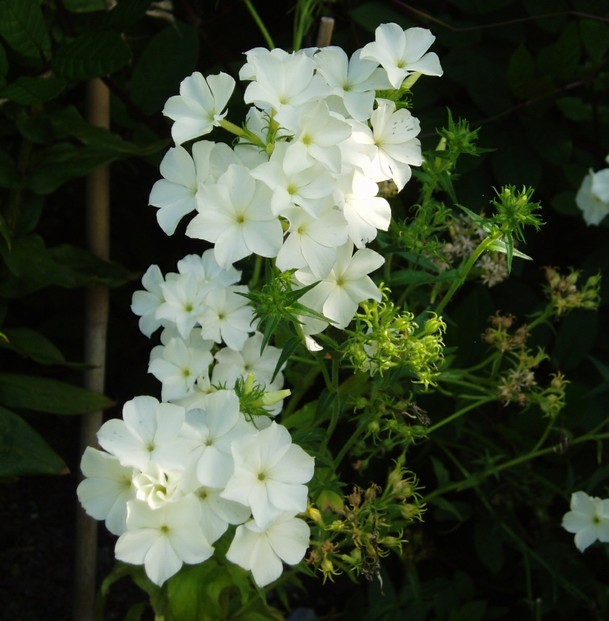
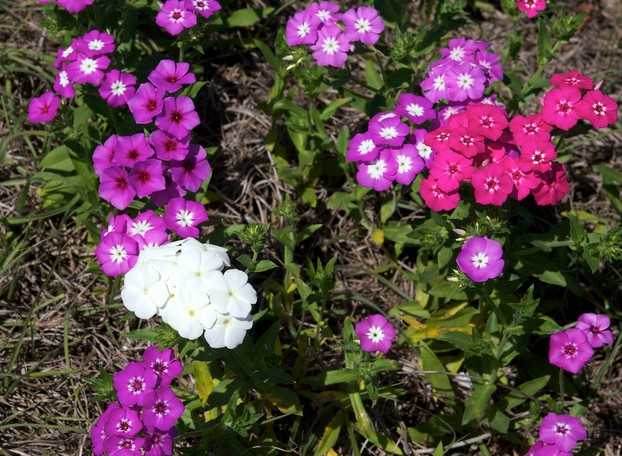
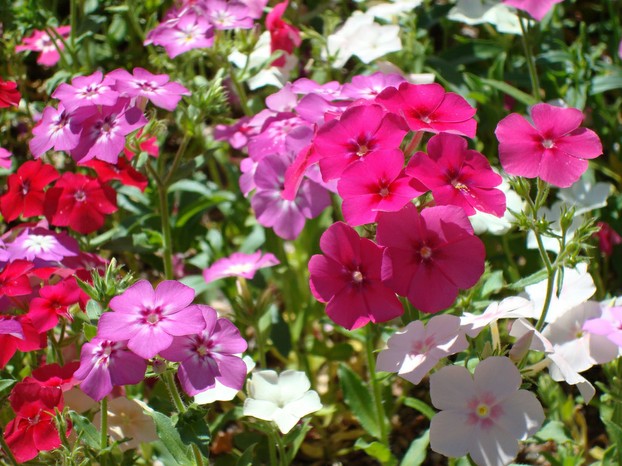






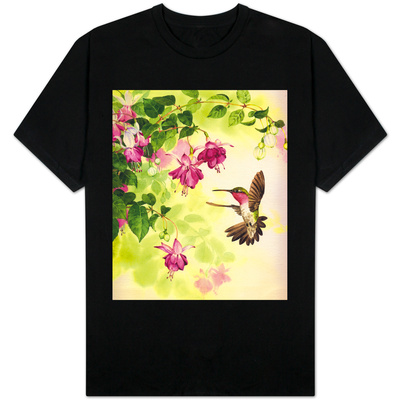

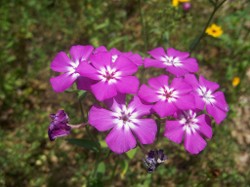

 Are Hawaiian Huakai Po Nightmarchers Avenging Halloween Thursday?on 10/02/2024
Are Hawaiian Huakai Po Nightmarchers Avenging Halloween Thursday?on 10/02/2024
 Mailing Addresses for 2023 Form 4868 Extending 1040 and 1040SR April 15, 2024, Due Dateon 04/15/2024
Mailing Addresses for 2023 Form 4868 Extending 1040 and 1040SR April 15, 2024, Due Dateon 04/15/2024
 Mailing Addresses for 2023 Forms 1040 and 1040SR Filed in 2024on 04/15/2024
Mailing Addresses for 2023 Forms 1040 and 1040SR Filed in 2024on 04/15/2024
 Mailing Addresses for 2022 Form 4868 Extending 1040 and 1040SR April 18, 2023, Due Dateon 04/13/2023
Mailing Addresses for 2022 Form 4868 Extending 1040 and 1040SR April 18, 2023, Due Dateon 04/13/2023

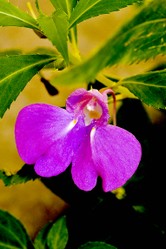
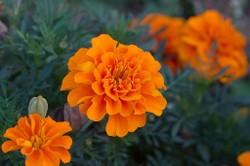
Comments
Mira, In addition to being a beautiful little wildflower, phlox are irresistible to hummingbirds, so a phlox garden is a wildlife hub.
The joyous abundance of phlox is one of nature's beautiful gifts: from spring to summer to autumn, somewhere phlox flowers are open and prettifying the landscape with their floral palette.
And yes, the hummingbirds are beautiful too!
I didn't know that phlox came in so many different varieties. It's a beautiful little wildflower.
P.S. I hope to make a trip to the Botanical Gardens here soon. :)
Dustytoes, Each flower has its particular allure, and phlox is such a recognizable, enchanting genus which easily and exuberantly prettifies every landscape.
How wonderful to be greeted with creeping phlox each year in your garden! Phlox demands so little and gives so much in return.
Your appreciation of the images for this article is much appreciated. Thank you!
Mira, Me, too, I love phlox! I'm glad that you appreciate the crayon portrait of Thomas Drummond. Thank you for visiting and commenting. Your compliments and appreciation are warmly encouraging.
I grow creeping phlox and the taller variety here in New Hampshire. It's so easy to grow and comes back each year. I love the pictures here - and the hummingbirds too!
I love phlox and enjoyed that crayon portrait of Drummond :) -- as well as various bits of info. You write so beautifully about plants. :)